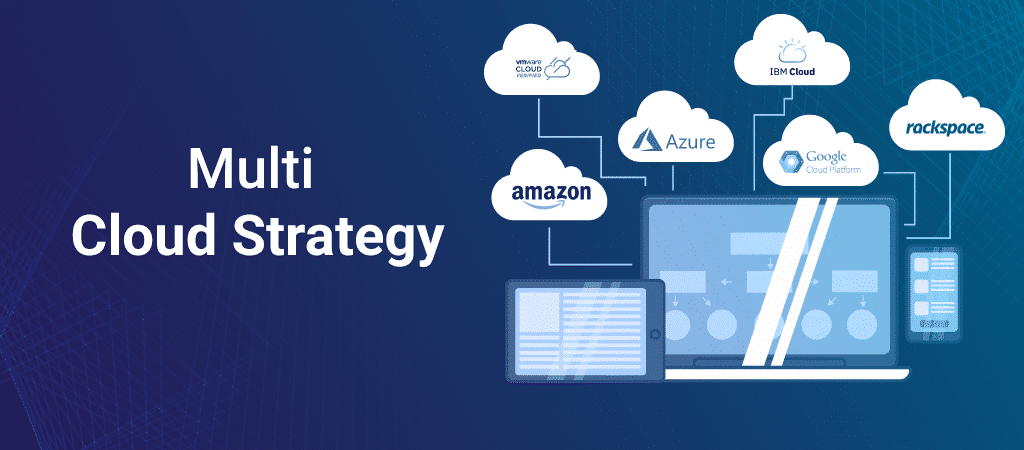The past few years saw the proliferation of multiclouds and tools to manage them. Now it's time to update your strategy to maximize multicloud ROI.
The multicloud management market is expected to grow at a steady rate of about 25% during the forecast period (2022 to 2028), mainly due to the uncertainty of single cloud services, the rising need for high levels of governance and security, and the growing complexity of cloud computing technology. This includes AIops and standard cloud management tools, but the numbers and types of tools are increasing all the time.
Multicloud is the new normal. It brings more moving parts to manage, and therefore you need multicloud management technology. Is it more complex than that? Yes, it is.
Not only do we need additional tools to deal with multicloud complexity (think artificial intelligence, automation, abstraction, and other emerging tricks), but we can make things worse if we’re not careful. Tools can introduce another layer of complexity, including new silos that add to the workloads. I’m beginning to see this emerge today at the end of 2022, and it’s a real problem.
It's helpful to look at what we’re doing wrong before we look at what we should be doing. Here are some of the mistakes I see.
- Multicloud tools themselves that become new silos: We need technologies that integrate across silos, such as public clouds, and enhance our ability to manage resources between silos, such as compute, storage, and databases. However, many enterprises separate the skills and the technologies into their own separate entities and end up adding complexity and confusion.
- No overall multicloud management strategy: We have a long tradition of tossing money and tools at problems, specifically operational problems. Companies really need an overarching vision in place—a strategy and plan that details the sequence of rolling out tools, processes, and even resources such as humans.
- Leaving out legacy and edge computing systems: A framework should include all systems that need to be integrated into the cloud. You need a strategy and technology stack for accessing data and processes on non-cloud systems, such as legacy and edge computing.
Even the enterprises that know about these mistakes will end up touching the stove before they find the right path to multicloud management. Most enterprises don’t really have a strategy or the talent to create a sound multicloud management technology stack, let alone deploy it.
It’s going to take a great deal of expensive, risky trial and error to create multicloud strategies and technology deployments. We’re following the same road most enterprises took just a few years ago to manage and operate single clouds. For that, you could use whatever native tools the cloud provider offered.
With multicloud management, the complexity is about 50 times worse, and you have to deal with cross-platform differences in storage, compute, billing, etc.—and you need to find common cross-platform ways of dealing with multicloud operations. If you don’t, the number of moving parts will just be too overwhelming and too costly to operate.
Reference from Info World

